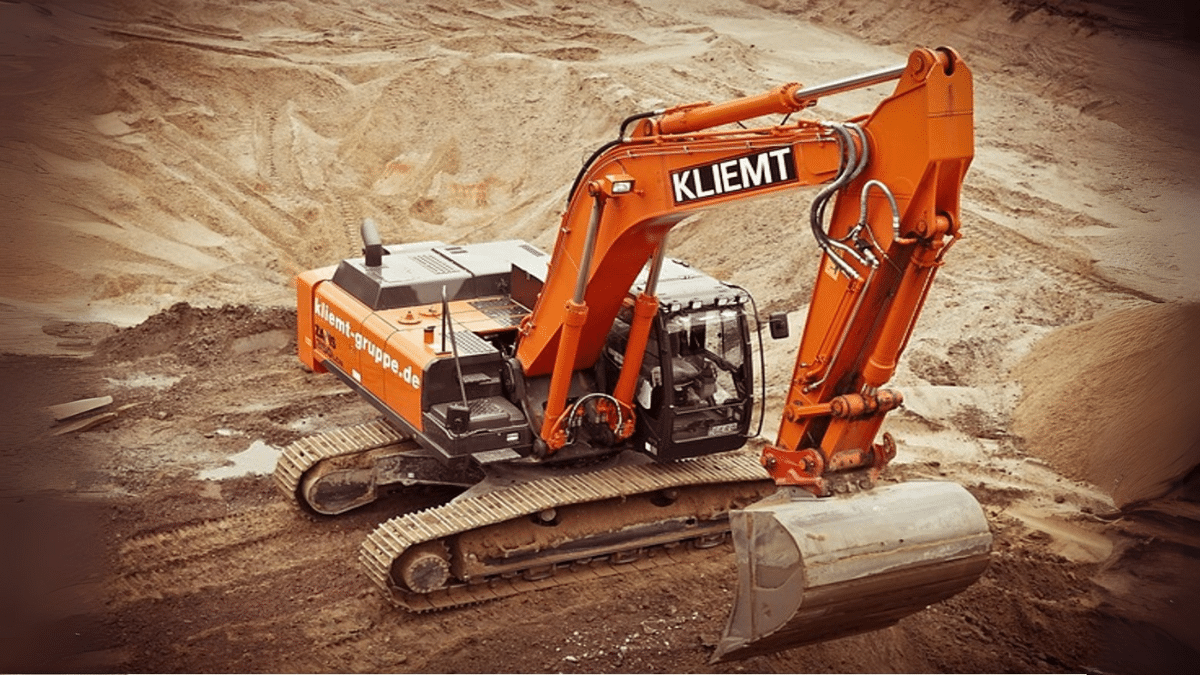Building a new structure on your Australian property will always begin with a series of geotechnical tests and assessments. These are not only mandatory to receive your building permit, but will also provide your geotechnical engineering team with valuable insight into the techniques required to build a durable and stable foundation.
The soil testing Melbourne law requires is essential for both residential and commercial structures. This may leave you wondering about the costs of these types of reports, especially if you’re in the process of planning your budget. This post takes a closer look at a few of the crucial factors that will determine the overall costs you may need to consider.
Contents
Understanding the Importance of Geotechnical Reports
Geotechnical reports are the results of the various soil tests and assessments that need to be done before construction can begin on your property. Soil tests and assessments are done on-site, and in some cases, samples are sent for laboratory testing. The results of these tests will provide in-depth results of the surrounding soil and ground characteristics.
The way the soil can drain water, its strength to hold a load, and its ability to withstand soil erosion are all aspects that will help your engineering team establish if the soil can withstand floods, landslides, and bear the weight of all of your proposed structures.
Cost Calculations Vary
Geotechnical reports don’t have a fixed rate. Costs vary because each building site is different, which means that the same level of testing isn’t done everywhere. Our experts have compiled a list of the key factors that could affect the overall cost of your geotechnical reports and assessments.
1. Factor 1: Site Location
The number one factor that will influence your overall cost is the site of your proposed build. Opting to use a geotechnical team from out of town may end up costing you more because aspects such as logistics and travel are factored into the total cost. This often happens in rural areas.
You can avoid this by doing an online search for “geotechnical engineering firms near me” to get a list of local engineers. While they will still include the other factors (if they apply), at least you’ll minimise the transport costs.
2. Factor 2: Local Regulations
While the overall regulations for geotechnical testing are standard across Australia, some cities may have additional requirements. These additional requirements have to do with the depth and overall scope of geotechnical analysis. A common example is the local council in Sydney where general and specialised construction is heavily regulated.
3. Factor 3: Project Size and General Complexity
The next factor that may influence the eventual cost is the size of your project. This means that large residential projects or those where the terrain is challenging usually require additional testing and on a much larger scale.
Keep in mind that this will be increased if the soil in the area has been proven to be problematic. Clay-based soils or areas near slopes and hills are likely to fall in this category. It’s a good idea to check the general reputation of the area before purchasing a new space to build on. Opting to avoid problematic soil areas can save you considerable money in the long run.
4. Factor 4: Testing Requirements
Some areas are more difficult to test than others. This is especially the case when you’re dealing with rough terrain or soil prone to flooding. Slopes, hills, and wetlands in the area may also influence the types of tests that need to be done.
An additional factor that will influence your cost is whether or not you need to install a stormwater drainage system. If there has never been any drainage systems installed in the area, testing will be more comprehensive, resulting in additional costs.
Average Pricing to Consider
As we’ve already mentioned, there’s no one and done price list for geotechnical testing. However, that doesn’t mean that you will be left in the dark about what to expect. For the most part, residential projects in the greater part of Australia range between $1,000 $3,000.
This means that sites where the proposed plan is to build residential structures, and the soil is relatively stable can expect to pay the costs closer to the $1,000 mark. Spaces that have been known to have more complex issues, such as flooding, soil erosion, and soft soils, will more than likely require additional and extensive testing. This will increase the potential costs. Always insist on a transparent breakdown of all the costs to avoid any unforeseen issues when it’s time to pay.
Final Thoughts
When you need to budget for your geotechnical report, start by getting a few quotations based on the area and type of build you’re planning. Local engineering teams will have a general idea of all the factors influencing the soil in the area.
This means that they will be able to provide you with more accurate estimates of what’s needed. Be sure to deal with reputable geotechnical engineering teams to get the best and most cost-effective service!

